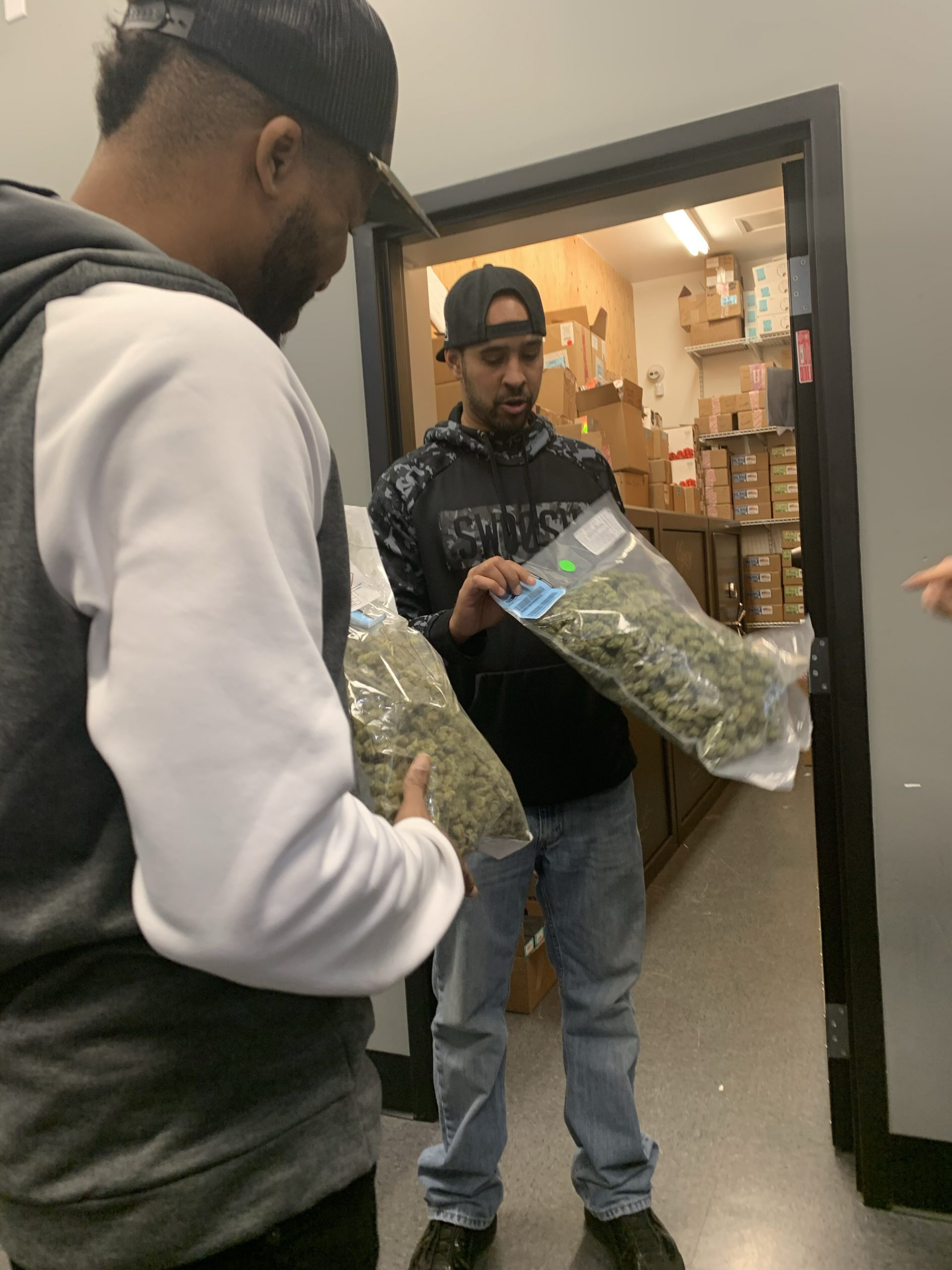Is the quest for THC-rich cannabis worthwhile?
Decades of analysis covering both the illicit and, now, the legal cannabis markets have consistently demonstrated ever-increasing potency. According to one of the most recent assessments, published in 2019, THC potency nearly doubled between 2008 to 2017, with the average potency reaching 17.1 percent. Another analysis, this time explicitly concerning legal sales in Washington State, discovered, “The market share of strains with greater than 15% THC has grown to 92.5% of flower sales.”
Without a doubt, potency drives purchasing decisions. It’s a cult of potency, focused exclusively on a single cannabinoid — THC. It starts with cultivators pursuing THC-rich strain characteristics through the supply chain to the customer, seeking ever-higher concentrations.
Consumers continue to regard products with higher THC as more valuable and are therefore ready to pay substantially higher prices. In the minds of many, more THC equates to a better recreational and medicinal experience.
By recognizing the potential returns on a high THC product, cultivators have turned their attention to THC-focused breeding programs. But, this pursuit of increasingly more potent strains delivers little return for the consumer. As research has proven repeatedly, high doses of THC don’t increase the high nor improve the therapeutic value.
THE PURSUIT OF HIGHER THC POTENCY IN CULTIVATION
For decades, breeders and cultivators have been experimenting with growing conditions to maximize yield and THC content. Genetics, light density, plant density, pot size, and environmental stressors all play roles in the plant’s natural propensity to produce THC.
In one of the first assessments of its kind, “Closing the Yield Gap for Cannabis: A Meta-Analysis of Factors Determining Cannabis Yield,” mined grow data to determine which contributed or counteracted the development of THC. The authors’ concluded that THC production decreased with a light intensity of 400 w m-2, compared to 270 or 600 W m−2. A longer flowering period and reduced plant density also improved THC content.
They also discovered interesting strain-specific variations following a slow-release fertilizer application. Early Pearly reduced THC production, but Super Skunk increased. There were substantial strain differences in response to environmental changes in each category, indicating that genetics play a key role in THC production.
As the authors note, the production of THC and CBD is a stress reaction of the plant. Increased temperatures, increased light intensity, and other environmental stressors cause a stress hormone release, promoting cannabinoid production. For example, THC and CBD are both thought to protect the flowers from UV light. It’s why supplemental UV-A and UV-B have become commonplace amongst commercial growers.
Over the years, growers have manipulated the indoor environment to take advantage of these positive stressors, like light intensity and pot size, to encourage THC development. A plant enduring stress may be better for profits than a plant in a state of bliss.
BUT, IS THC POTENCY THE BIGGEST LIE IN CANNABIS?
The cult of potency begins with the customer, who continues to willingly pay more for products with high THC compared with low THC. As the study of the legal Washington market discovered, “a one percentage point increase in THC (CBD) potency is associated with a 1–2% (1.5–2.5%) increase in price.” If consumers pay more for increased THC levels, producers will logically pursue THC to increase profitability.
But, what if potency doesn’t make for a better product? Whether consumers are chasing a better recreational high or a more powerful medicinal experience, the research tells us that THC isn’t everything.
In June of 2020, the publication of the “Association of Naturalistic Administration of Cannabis Flower and Concentrates With Intoxication and Impairment” blew apart the assumption that higher THC meant a stronger experience.
This study worked with 121 cannabis consumers to assess mean plasma levels of THC, and cognitive impairment following the use of cannabis flower (low potency) and cannabis concentrates (high concentrates). Although cannabis concentrates reaching upwards of 90 percent THC caused a spike in blood plasma levels, it rather shockingly didn’t cause an increase in the level of impairment.
In the realm of medicinal applications, the story is much the same. Cannabis’s medicinal value falls mostly on a bell-shaped curve, even when assessed down to a specific cannabinoid level. This means there is a magic sweet spot of therapeutic value with a mid-range dose, but larger THC doses have a counterproductive effect. The biphasic nature of THC (and CBD) has already been observed in studies on pain and anxiety.
A FULL SPECTRUM APPROACH MORE VALUABLE TO CONSUMERS
It will undoubtedly take several more years to shift consumers’ opinions about the importance of THC and THC alone, but we can no longer deny the research. The persistent pursuit of THC-rich strains and final products can only go so far. Eventually, there comes the point where increasing levels of THC don’t deliver the recreational or medicinal effects consumers want.
Until consumers begin pivoting towards more interesting cannabinoid profiles or mid-range strains that deliver real value, there will be little incentive for most of the sector to change course. The cult of focusing on extreme levels of THC will continue until it is profitable to seek a full-spectrum, milder profile.

